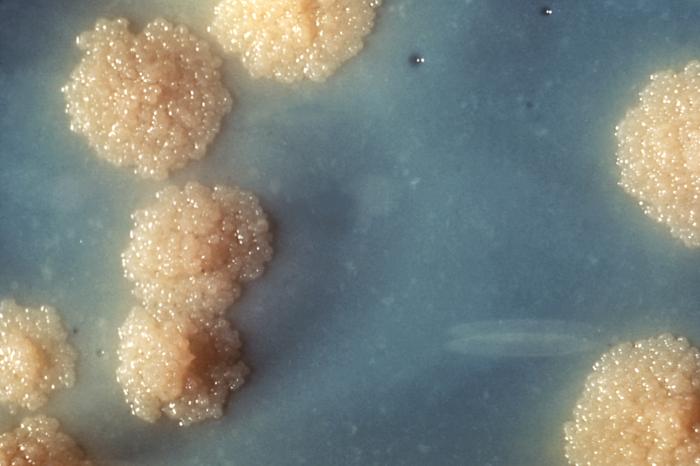Yesterday when I am checking the attendance I noticed that one of my student was absent for almost 11 consecutive days. Thinking of planning to visit and check his status, lucky his mother came to talk and excuse him for now and the coming days. I found out that he is suffering from TB and asking for consideration with the matter which I fully agreed without hesitation.
To enlighten us about tuberculosis (TB), I made a research on it. And here what I've found.
Tuberculosis or TB (short for tubercles bacillus) describes an infectious and deadly disease caused by various strain of mycobacteria, usually mycobacterium tuberculosis in humans and mycobacterium bovis. Usually attacks the lungs and can affect other parts of the body (Wikipedia).
This infectious disease has plague human since the Neolithic time. Physicians in Greece called this illness “phthisis” to reflect its wasting character. During 17th and 18th centuries, TB caused up to 25% of all death in Europe. In more recent times tuberculosis has been called “consumption”.
Robert Koch isolated the tubercle bacillus in 1882 and established TB as an infectious disease.
In 19th century, patients were been isolated. During the haft of the 20th century, no treatment was still available, until 1952 when medication introduced (Heath Encyclopedia).
WHO estimated that one-third of the global population was infected with TB bacteria in 2008 and continues to be a major problem.
In the Philippines alone according to the Philippine Tuberculosis Society that 75 Filipinos still die every day because of it.
CAUSES:
Today TB tends to be concentrated among inner city dwellers, ethnic minorities and recent immigrants from area of the world where the disease is still common. The following are the causes of TB:
· Are passed from person to person via droplets. When someone with TB infections coughs, sneezes or talk a tiny droplets of saliva or mucus are expelled into the air, which can be inhaled by another person.
· HIV infection
· Low socioeconomic status
· Alcoholism
· Homelessness
· Crowded leaving condition
· Diseases that weaken the immune system
· Migration from a country with a high number of cases
· And health-care workers
SYMPTOMS:
About 10% of those infected with TB develop the disease.
· The first symptoms of an active case of TB may be so commonplace that they are often dismissed as the effect of cold or flu.
· The individual may get tired easily, feel slightly feverish or cough frequently.
· Feel a sharp pain in the chest when breathing deeply or coughing.
· Spitting of blood
· Weight loss
· Loss of appetite
· And night sweets
TREATMENT:
With treatment, the chance of full recovery is good. Although several treatment protocols for active TB are wide use by specialist, and protocols sometimes changes due to advanced in our understanding of optimal therapy, they generally share three principles:
· The regimen must include several drugs to which the organisms are susceptible.
· The patient must take the medication on a regular basis.
· Therapy must continue for a sufficient time.
The most important of all, is always take good care of ourselves. As an old saying goes, prevention is always better than cure.

No comments:
Post a Comment